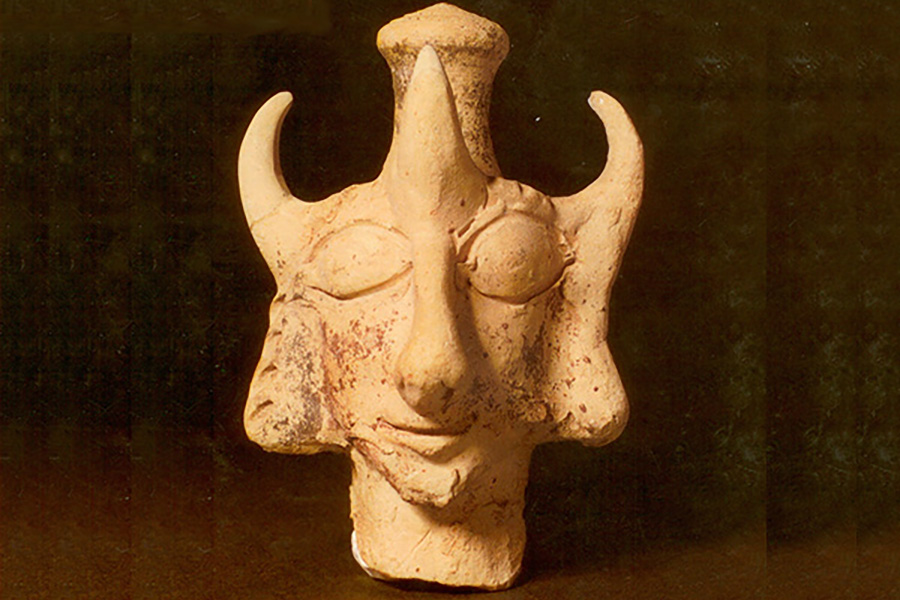« Back to Glossary Index
Categories: Body
Synonyms:
𐤀𐤑𐤁𐤏, aṣabaā, finger
The word atsabaā (𐤀𐤑𐤁𐤏) means “finger” meaning any of the terminal members of the hand, especially one other than the thumb.
Potentially written as atsabagh (pronounced: aw-ssa-bagh).
Extended Study for 𐤀𐤑𐤁𐤏 (atsabaā)
To read the study guide entry that elaborates on 𐤀𐤑𐤁𐤏 (atsabaā) then join our Extended Study Membership at https://www.paleohebrewdictionary.org/extended or use phdict.org/extended to share a short link with others.





